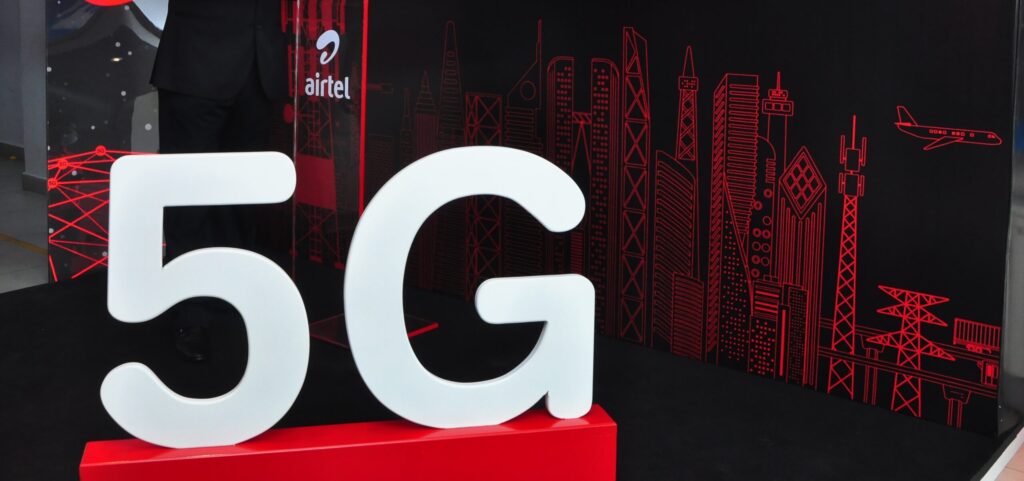India’s Path to Establishing a 5G Network

While the technology first started seeing a rollout in 2019, 5G still has considerable work left to go before it becomes adopted as standard. Owing to a variety of infrastructural challenges, 5G probably won’t be offering wide-ranging coverage in most countries for years, but even then, its reach will be inherently limited. It’s a complicated process and one which is still surrounded by misunderstandings. However, 5G is also not as complicated to the user as it might first seem.
What is 5G?
In the simplest terms, 5G is a step up from the speed of older 4G systems, with the name itself referring to the fifth generation of mobile connection technologies. The benefits here include faster download speeds, less time waiting between clicks (lower latency), and more simultaneous connections being allowed from a single cell tower.
The one major caveat to these upgrades comes from limitations of range and building penetration for 5G signals. For these reasons, 5G will never completely replace 4G, rather it will take over certain areas of high internet demand and connection density. For the users in these areas, the most common noticeable advantages will come from faster speeds in high-demand situations.
Ultra-high-definition streaming and large file uploads will benefit the most, with some systems seeing no appreciable advantages at all. As an example of this, games on any popular online casino in India will play the same over 4G and 5G. This applies to slot games like Book of the Dead to even the comparatively demanding titles like Monopoly Live. Applications like these simply have too lax demands to require 5G, and the same applies to a wide range of other systems.
The Challenges of Integration
The fundamental challenges of pushing 5G in India and other nations come down to two primary factors, coverage and geography. In its current implementations, 4G has an active range of about 16 kilometers, while 5G maxes out at around 1,500 meters. This means that vastly more 5G towers need to be installed to offer the same accessibility as their 4G counterparts.
Installing these antennas isn’t as simple as plugging into existing infrastructure either, as 5G requires fiber connections at their base to meet wireless speed demands. In total, this means that 5G needs many more towers, a vast fiber network, and to pay the associated costs with purchasing more access sites.
Geographical challenges can be just as problematic, depending on where 5G is installed. In an uninterrupted straight line, 5G works just fine, but introduce hills into the equation, and coverage becomes much more difficult to manage. For this reason, mountainous areas like Sikkim will need a lot more work than flatter regions, which will again delay installation and introduce further challenges.
While users can expect 5G to reach the busiest areas in major cities soon, current estimates place maximum penetration as some time off. According to one forecast by GSMA Intelligence, seven percent of India’s population should be reached by 2025, though full adoption might only be accomplished as late as 2040. As a forward-thinking technology, current slow speeds shouldn’t prove a problem for most users, but for those who could see a real benefit from 5G, we’d still recommend caution over running out for a new mobile 5G device just yet.








